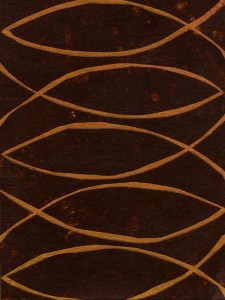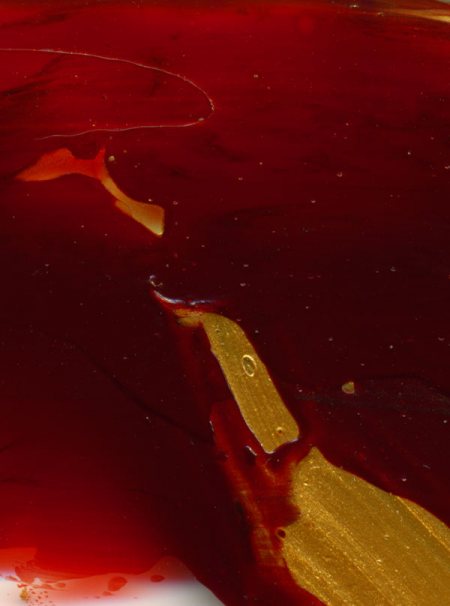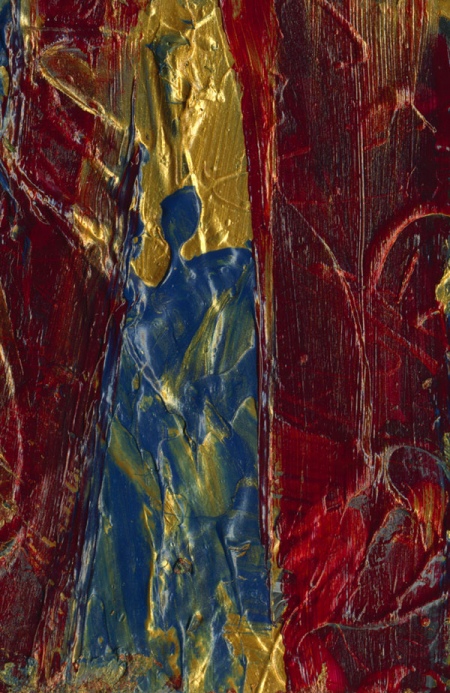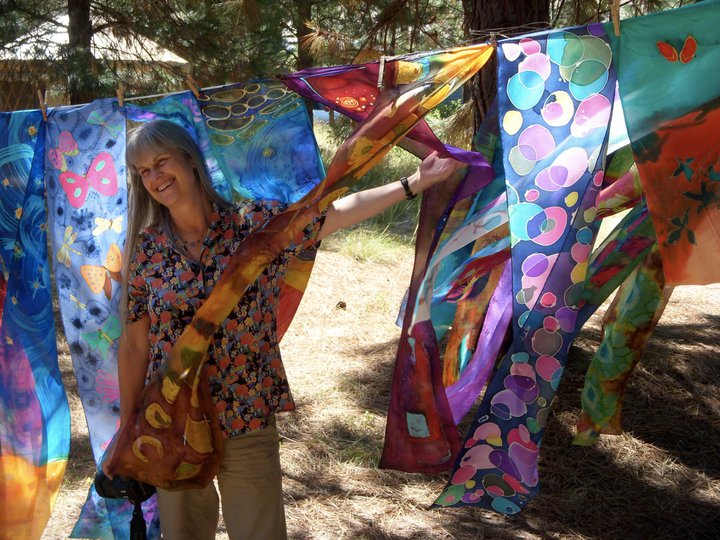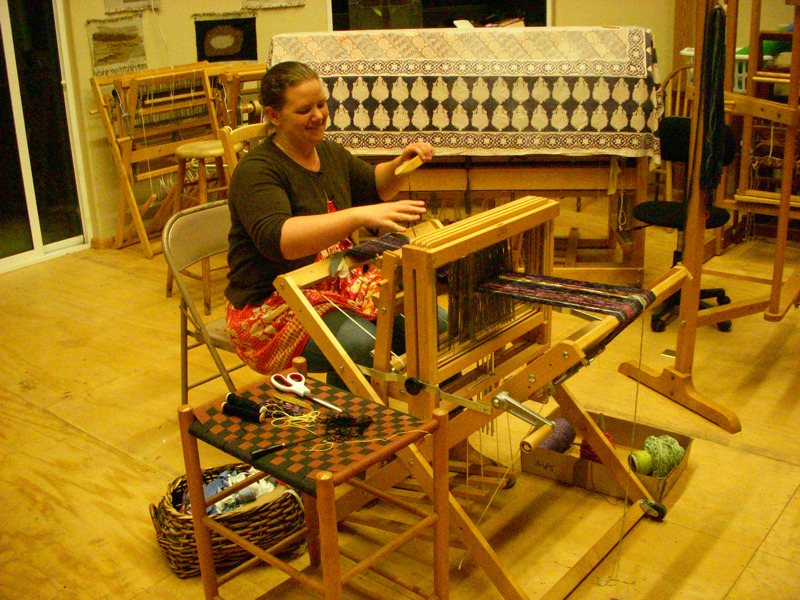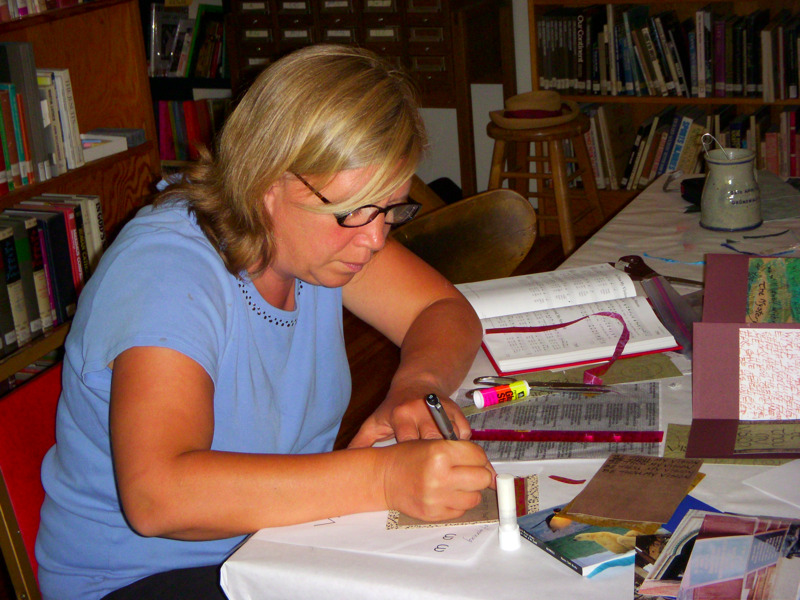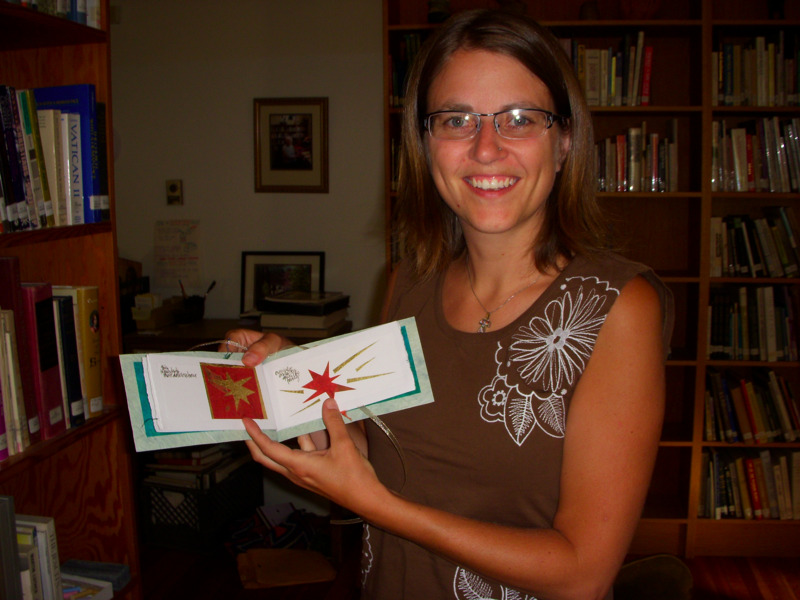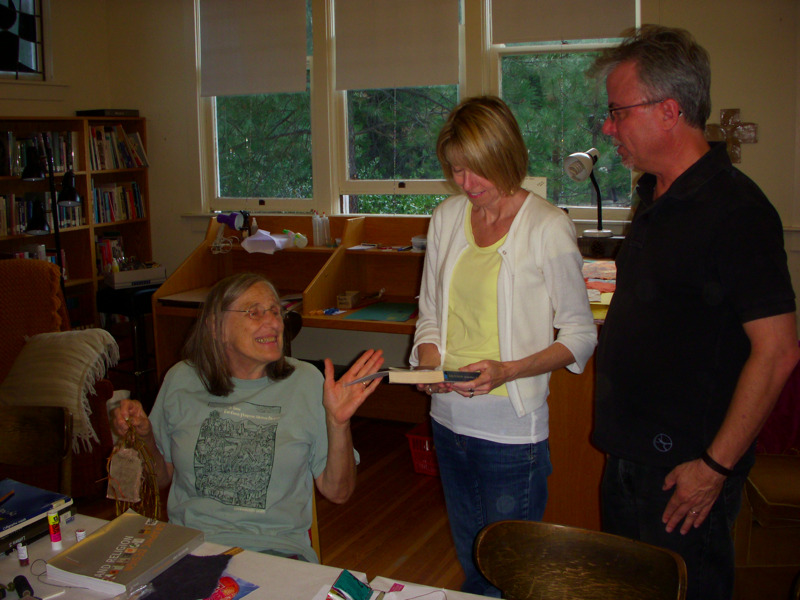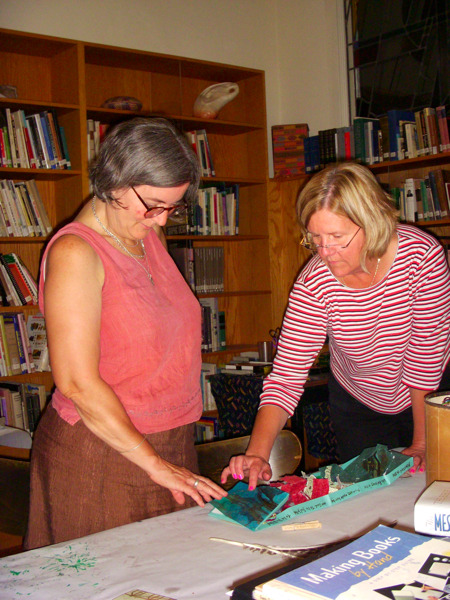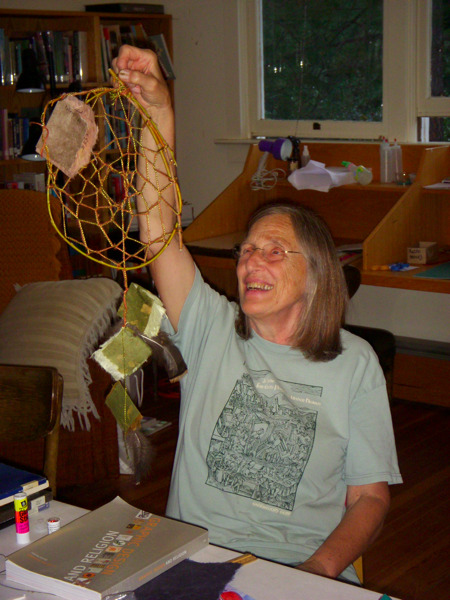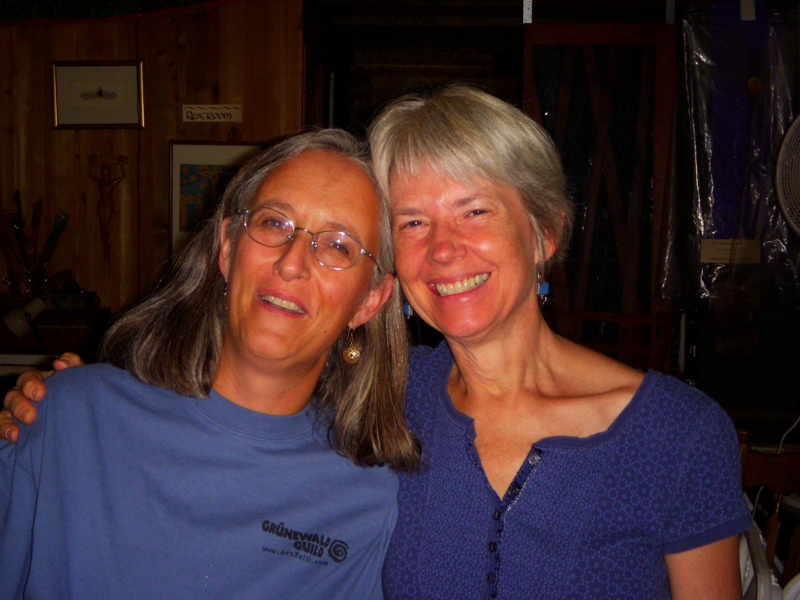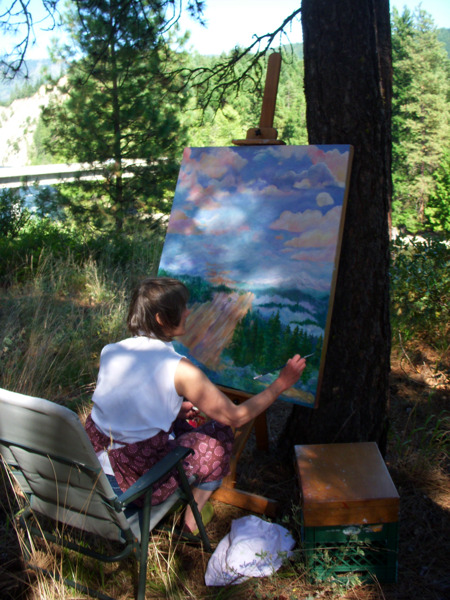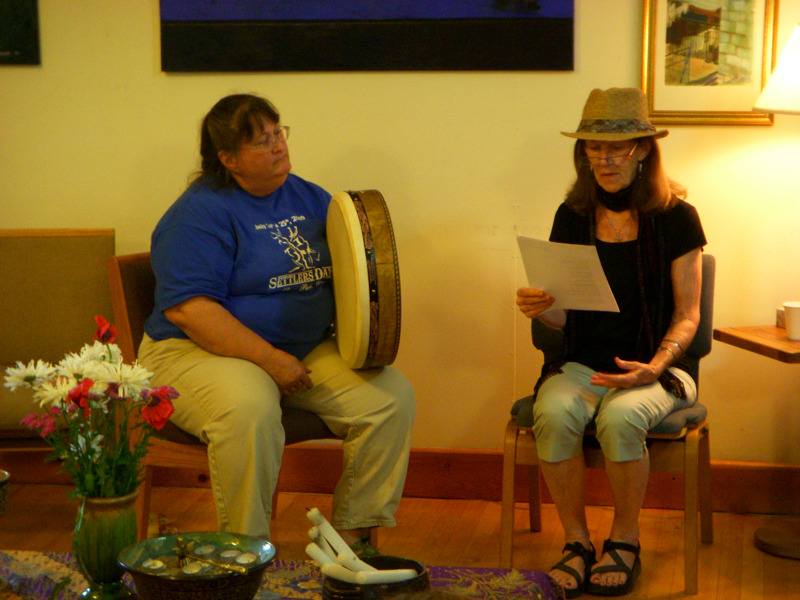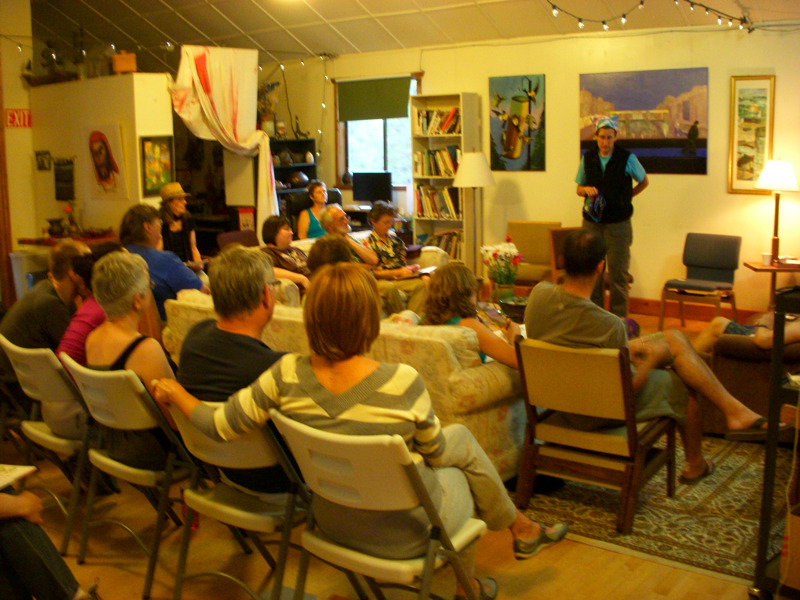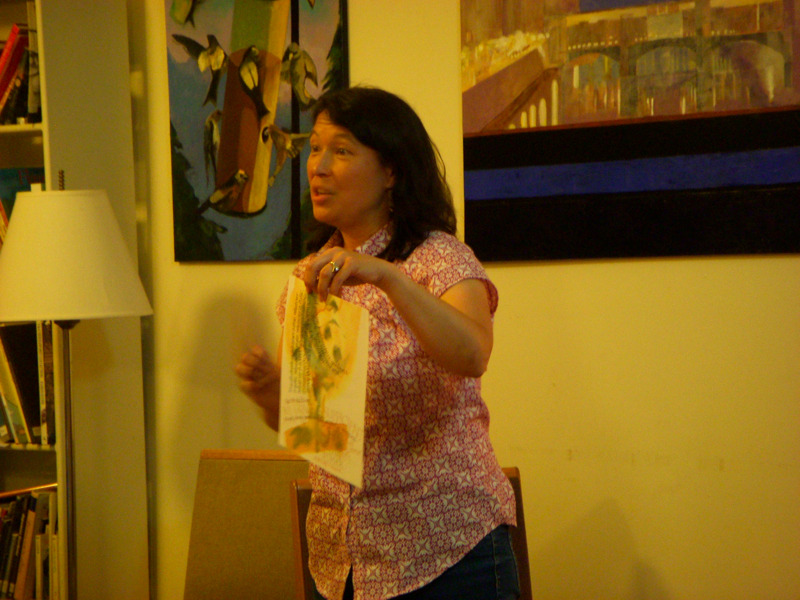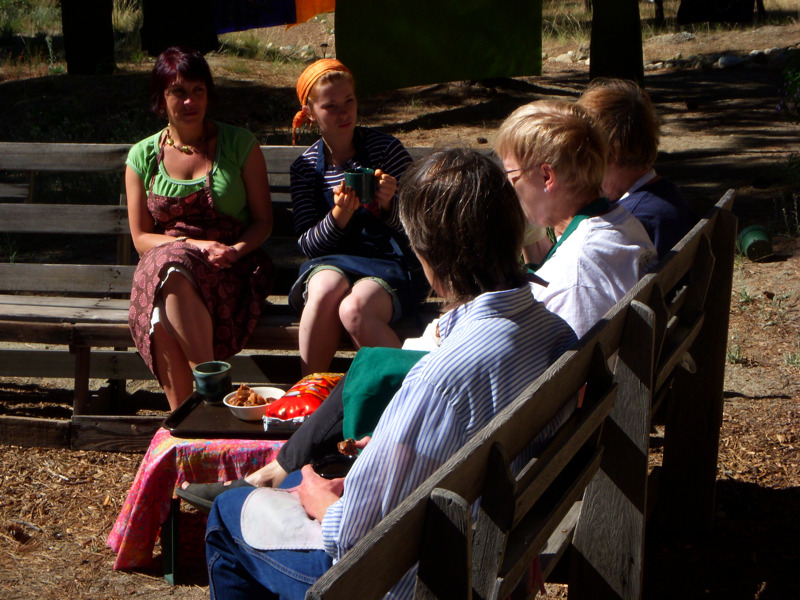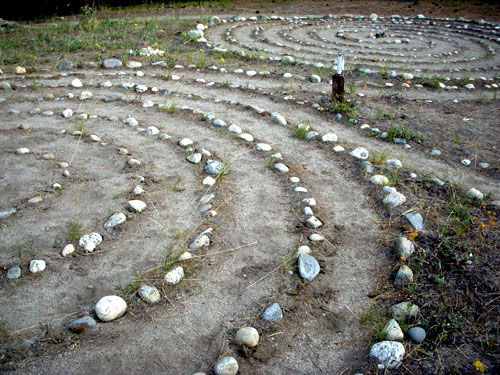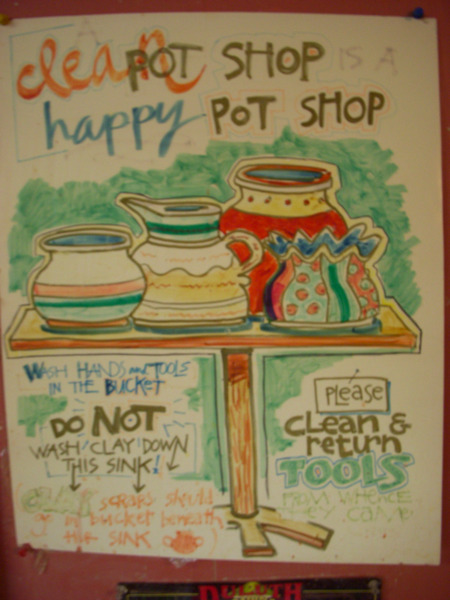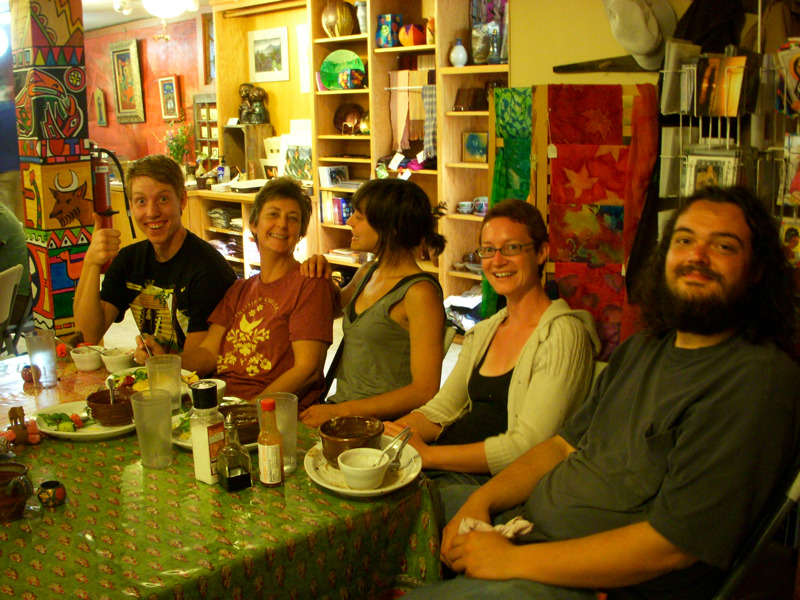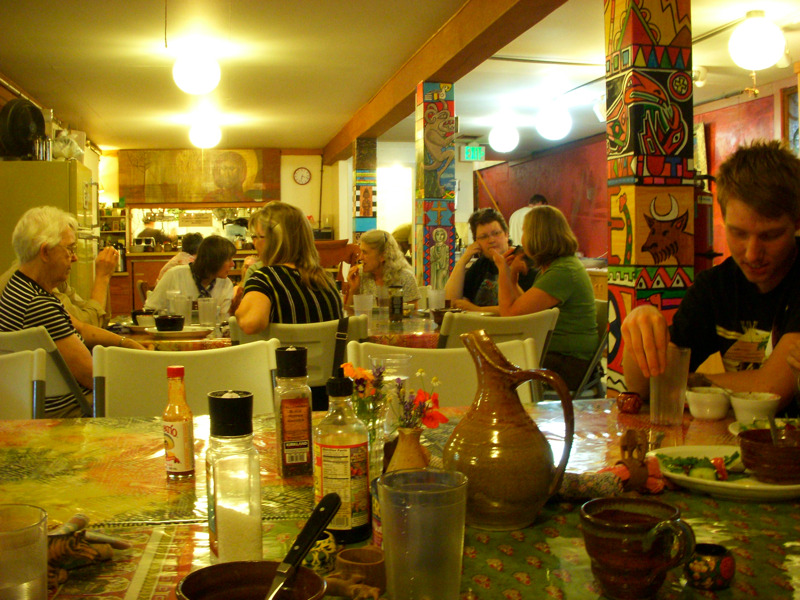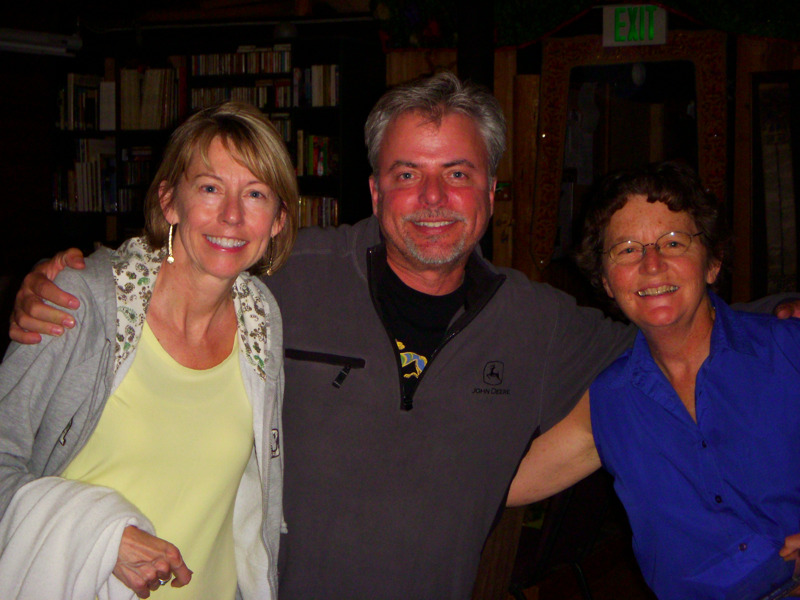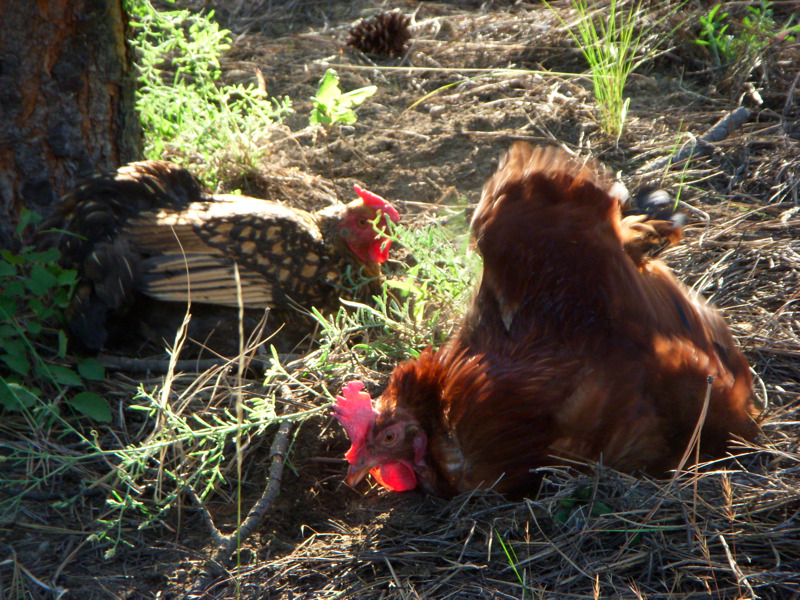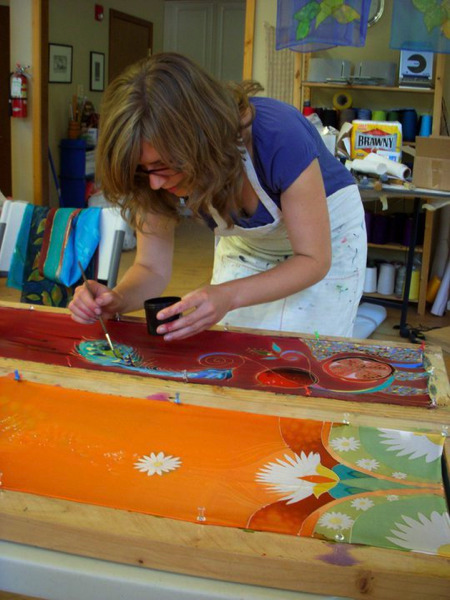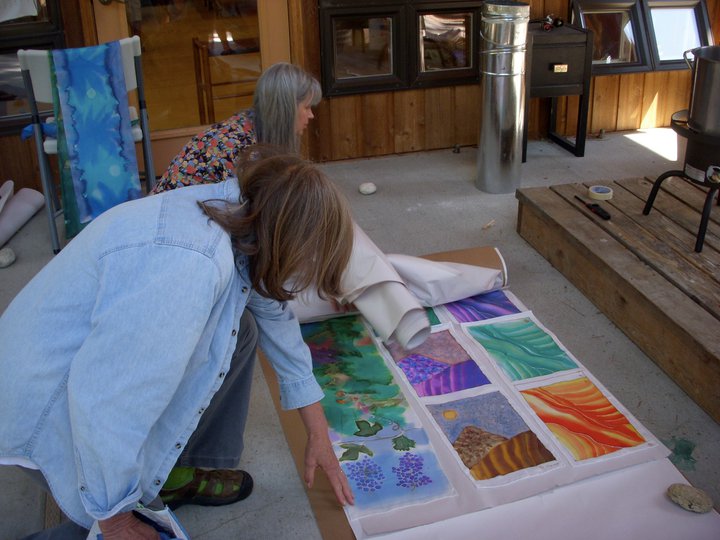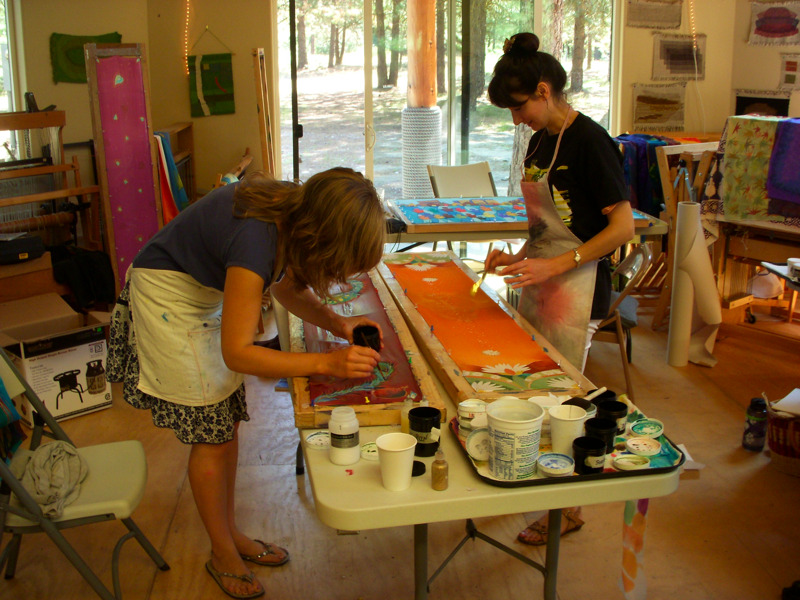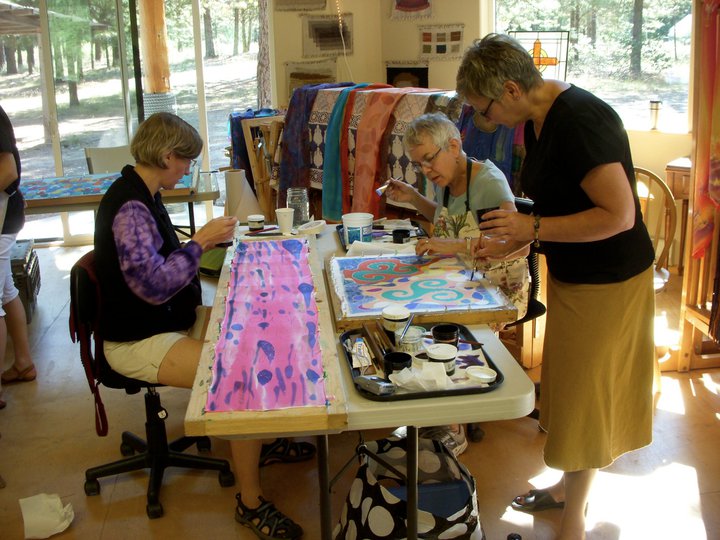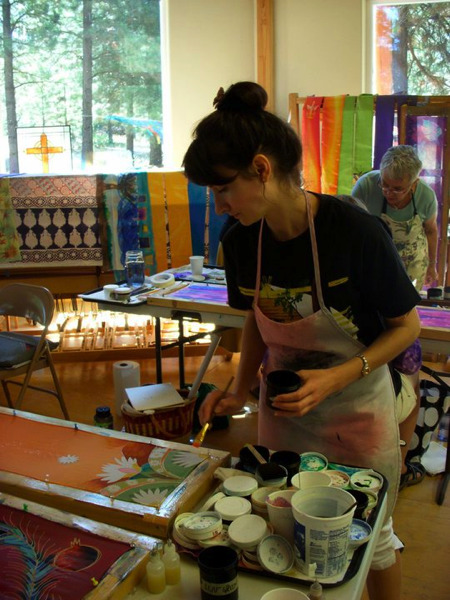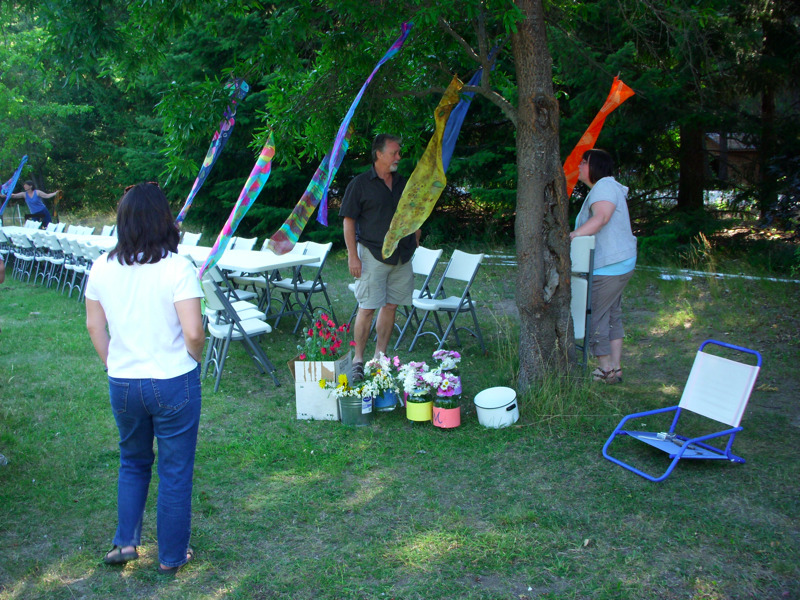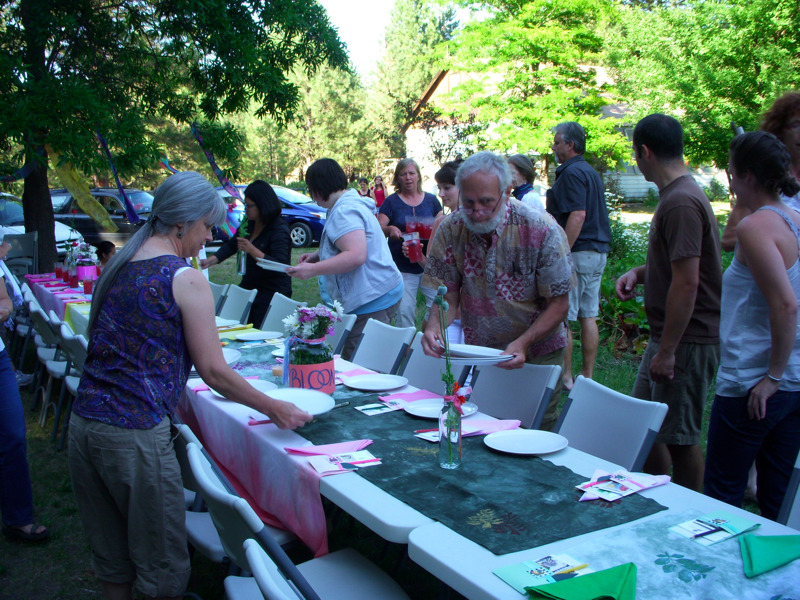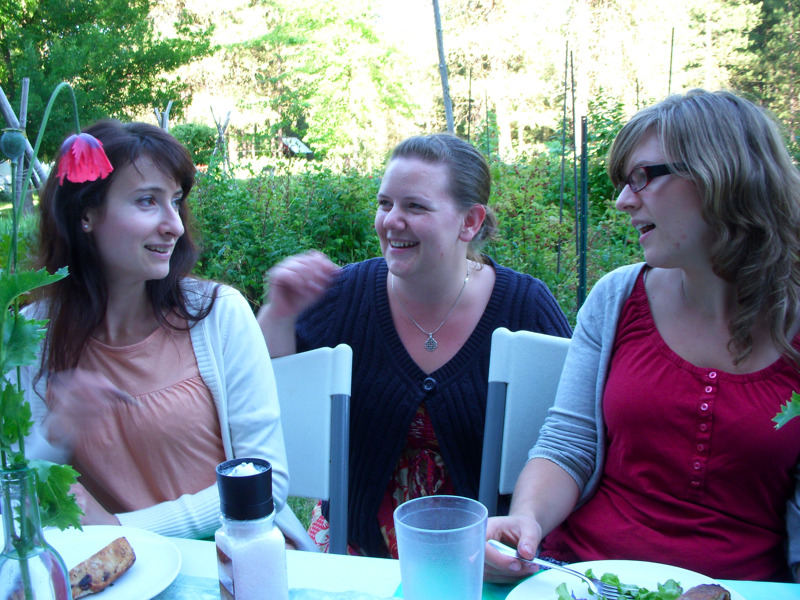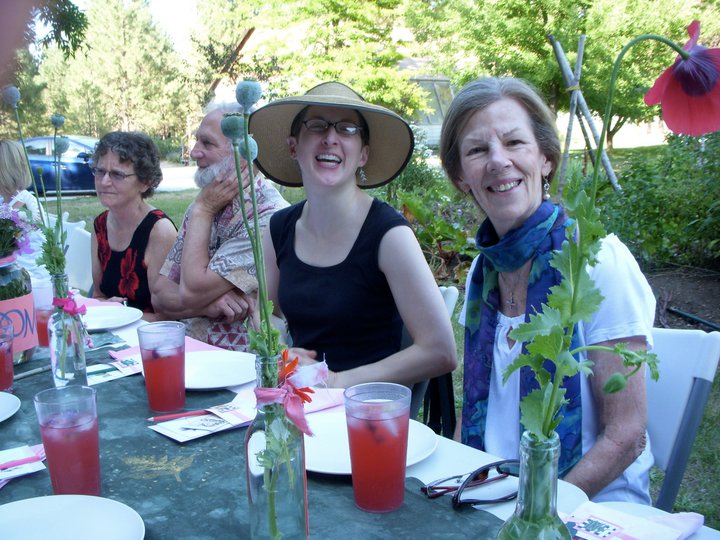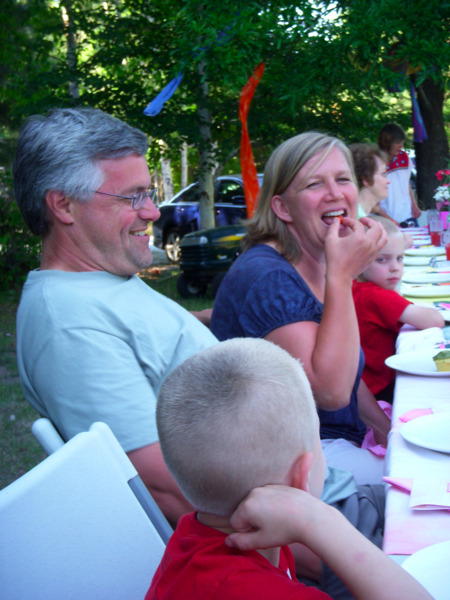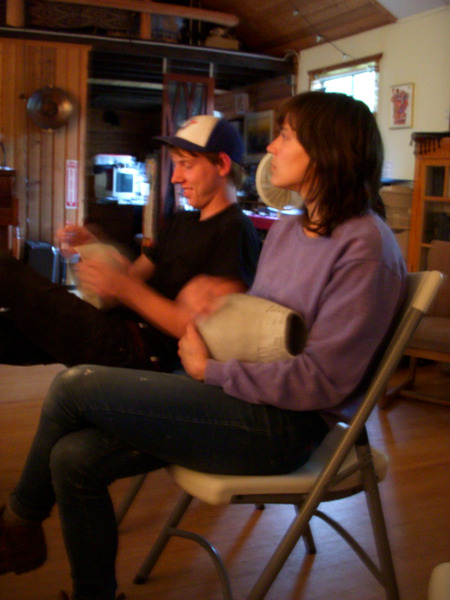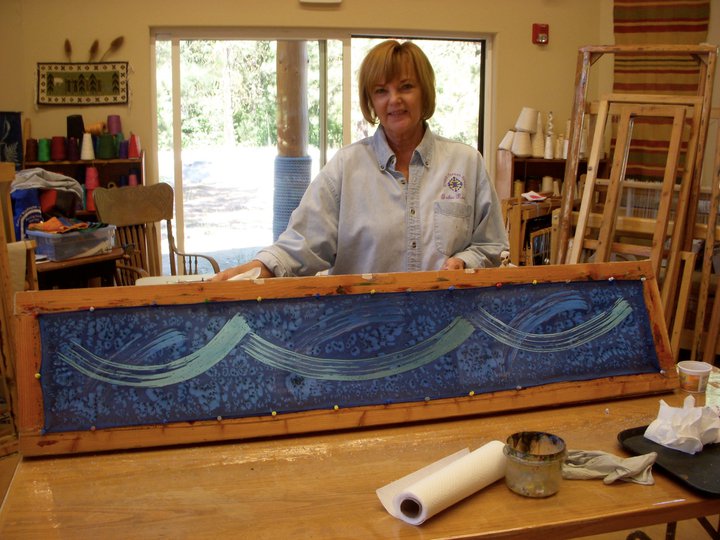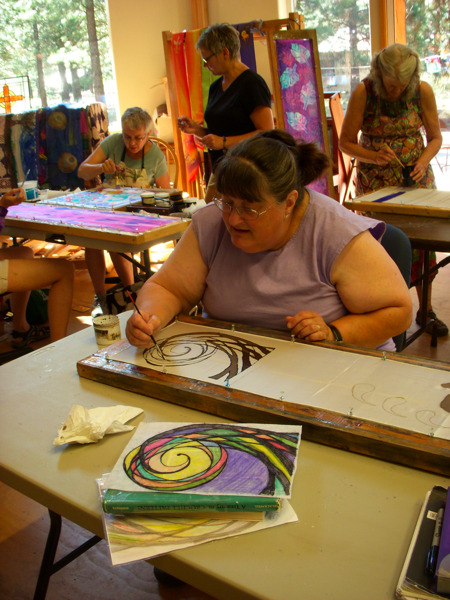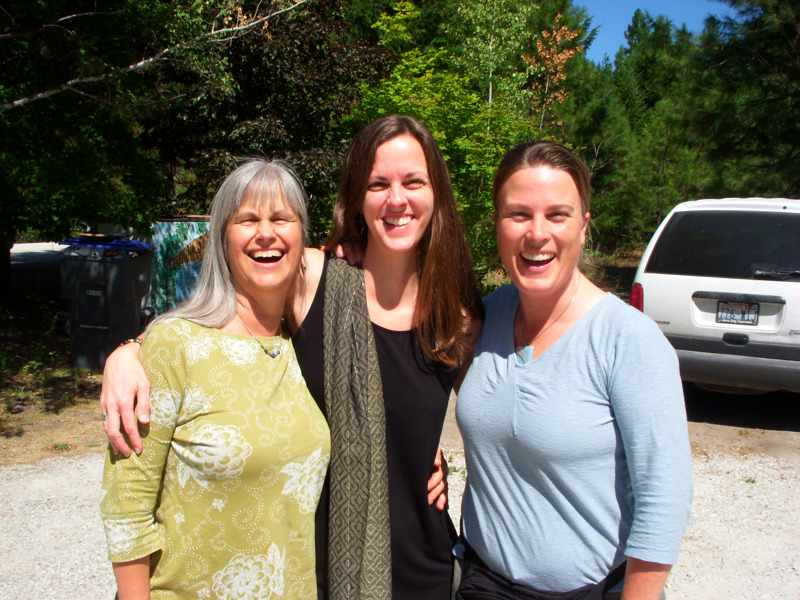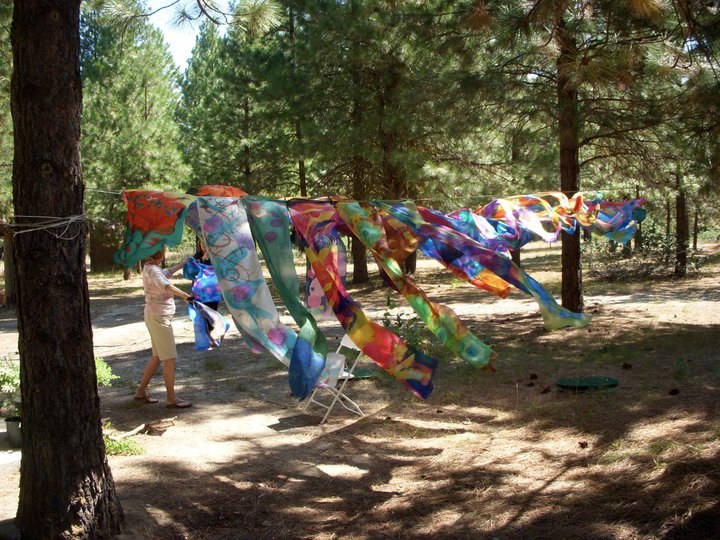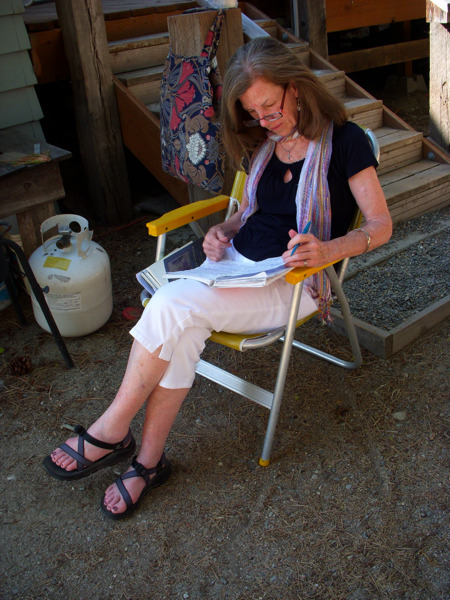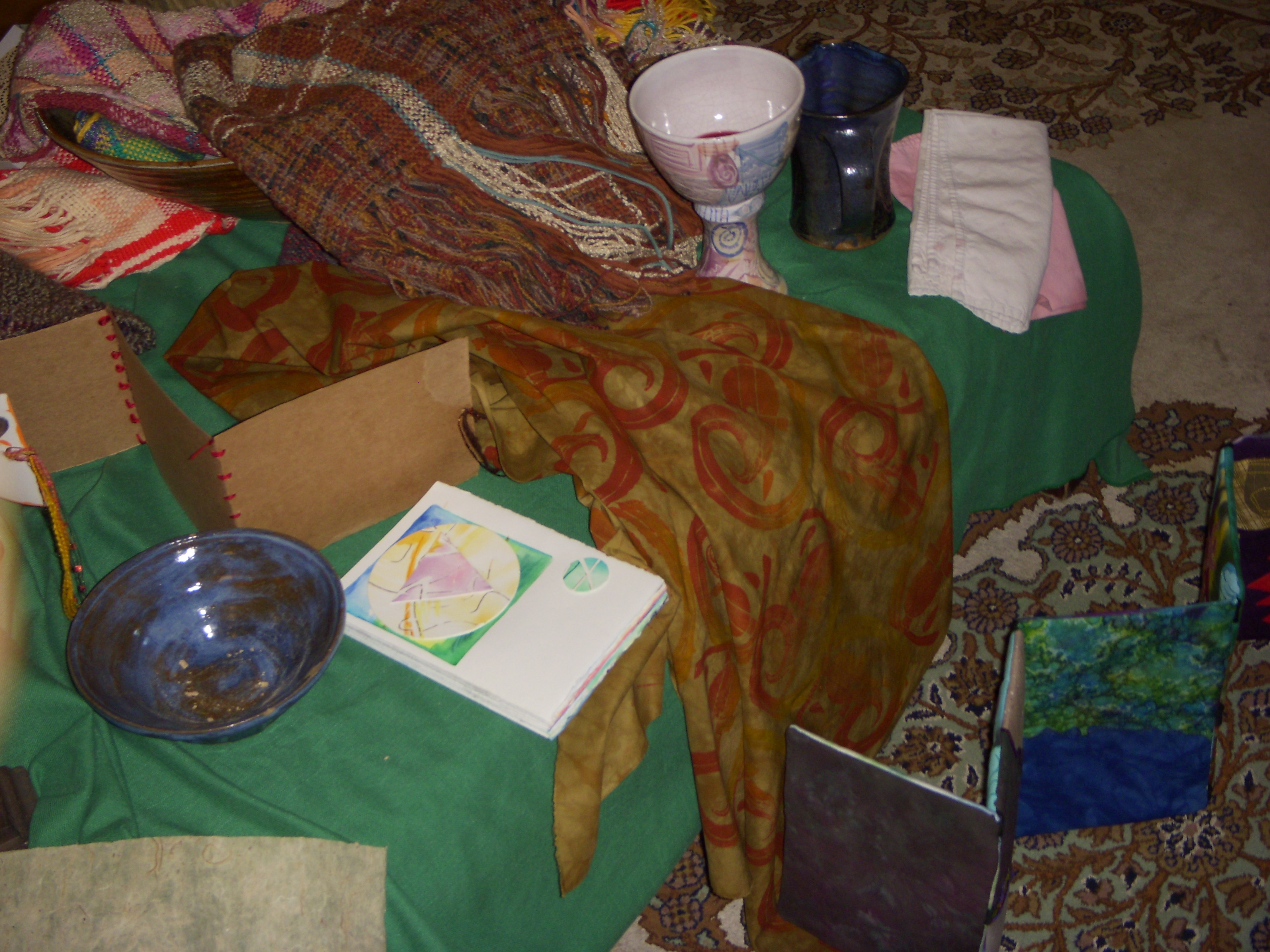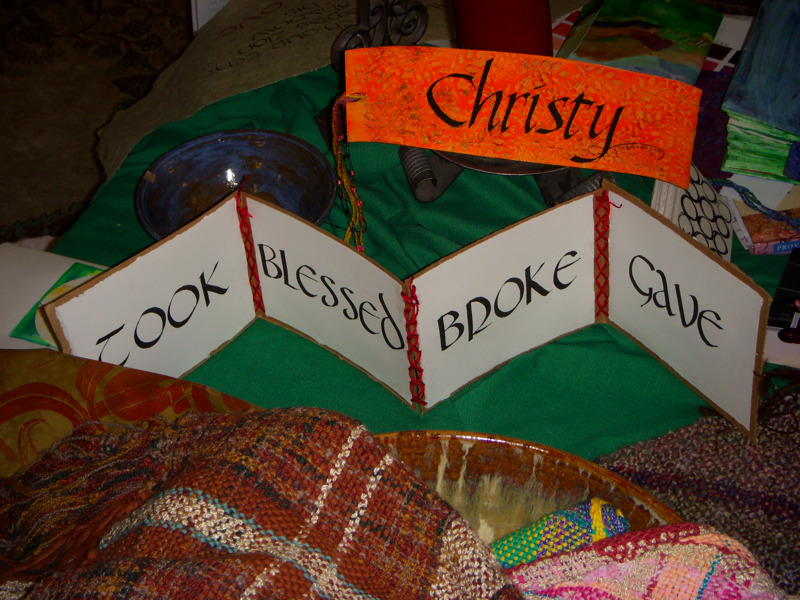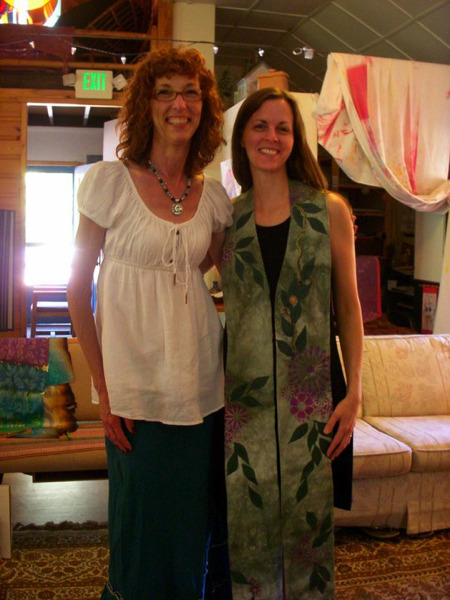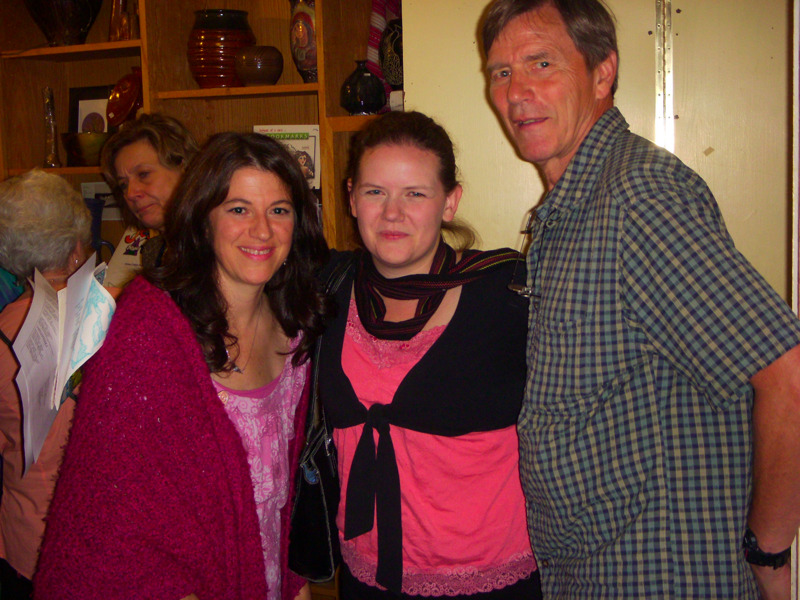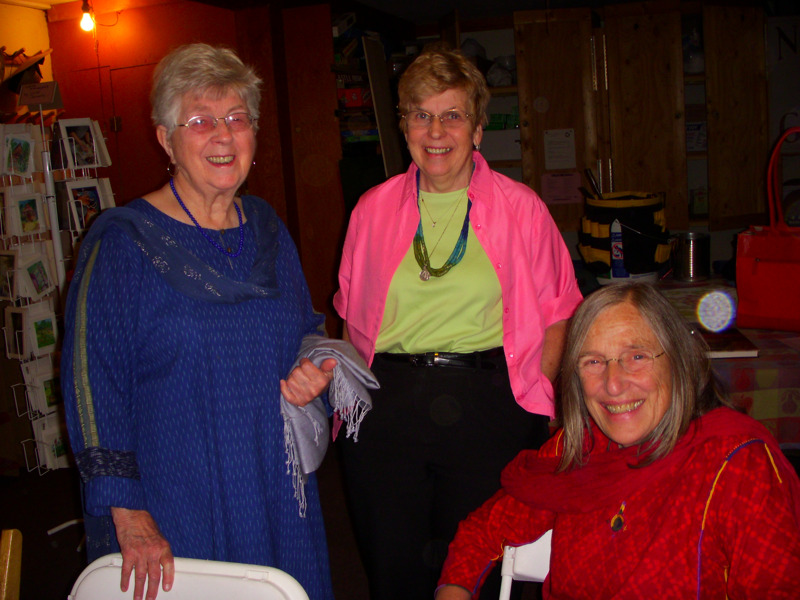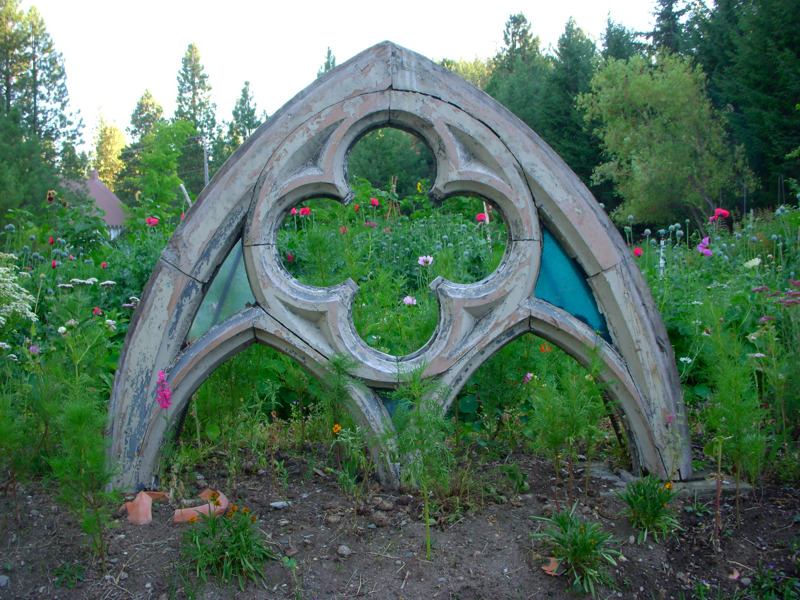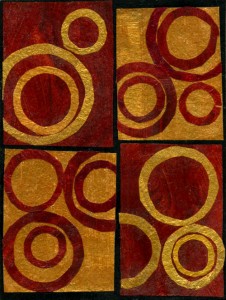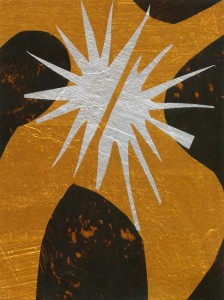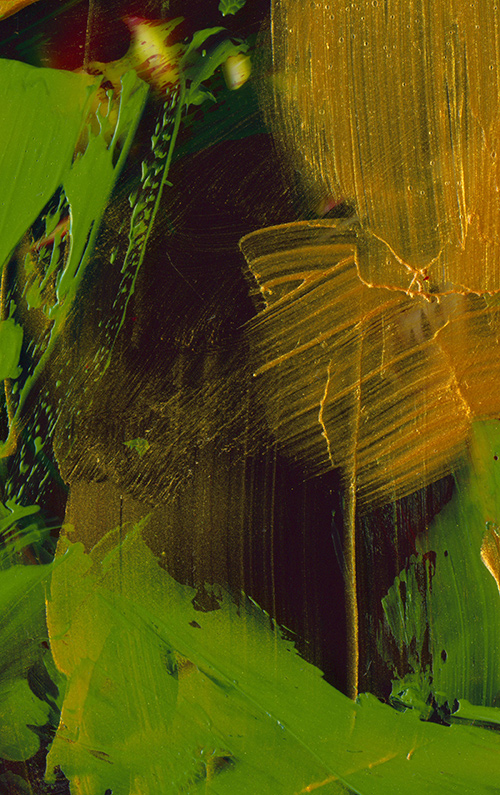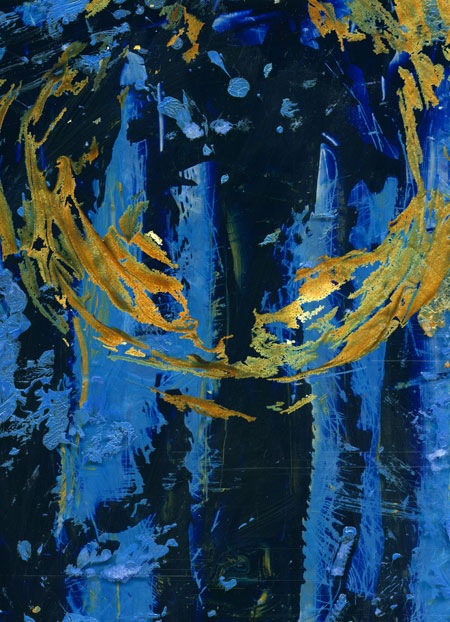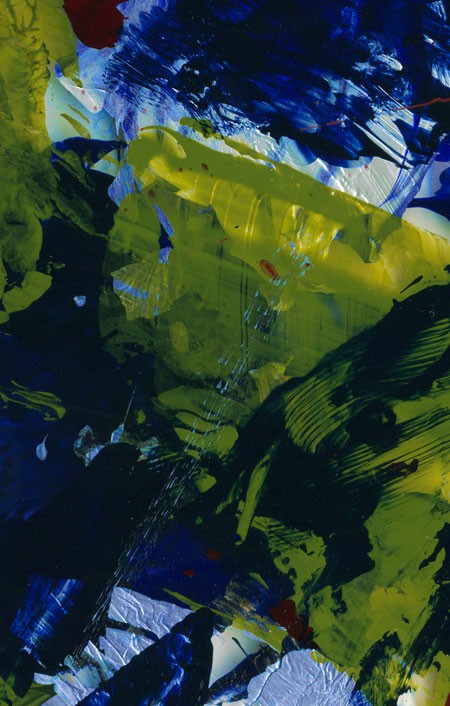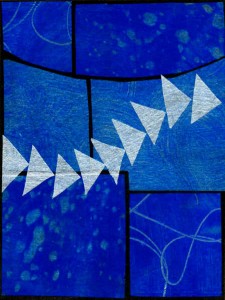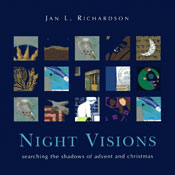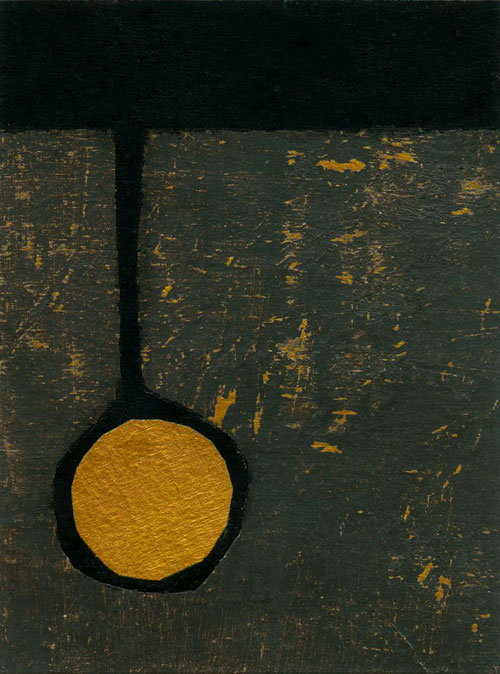Are You Coming or Going? © Jan L. Richardson
Reading from the Gospels, Pentecost +6, Year B: Mark 6.1-13
Are you arriving or leaving? I found myself asking this figure-on-the-threshold when it began to take shape in the studio. How do we answer this question in our own lives? Choosing where we will go, and when, is among the most powerful human freedoms. Yet in ministry—and in life—figuring out whether God is calling us to remain in a place or to leave it can be one of the sharpest edges of discernment.
In this week’s gospel reading, Jesus affirms this freedom—this power to stay or to leave—as he sends the disciples out into the world. “Wherever you enter a house,” he tells them, “stay there until you leave the place. If any place will not welcome you and they refuse to hear you, as you leave, shake off the dust that is on your feet as a testimony against them.” Aware of the challenges of the road—including the decisions it requires—Jesus sends the disciples out by twos, a reminder that we are not meant to discern our path alone. Jesus knows that such discernment can be complicated; it calls us, after all, to perform such feats as sorting through our attachments, asking what we really want our life to be like, and dealing with those occasions when the decision about staying or going is not ours alone. In his wisdom, Jesus gives us one another as we search for those places where we can offer our gifts.
In my own ministry, which is a decidedly off-the-beaten-path sort that invites continual discernment about where and how I will go, I treasure those places that have offered a space of welcome. Later this summer, Gary and I will be traveling to one of those places, and we would love to offer the hospitality of that place to you. In the Cascade Mountains of Washington State there is a wondrous retreat center called the Grünewald Guild. Devoted to exploring and celebrating the connections between art and faith, the Guild is a place where Gary and I “find our tribe,” as one of my friends puts it.
Each summer, the Guild offers week-long classes in a delicious variety of media, from pottery to printmaking. What’s most compelling about the Guild, though, is that the classes take place in a rhythm of community life, with shared meals, morning and evening prayer, community gatherings, and lots of conversations in the in-between places. As someone whose vocation often involves explaining what I do, and how it is (in fact!) a ministry, the Guild offers a community where I don’t have to do much explaining. In the company of my tribe, I can savor the connections with others who know what it means, in their own lives, to live in the intersections of creativity and faith. What I find at the Guild helps sustain me the rest of the year, as I continue to discern where the Spirit is leading.
I’ve taught at the Guild for many years and am excited to be returning once again for the Guild’s third annual Liturgical Arts Week. I’ll serve as the keynote speaker, and Gary and I will teach a class that I’m especially excited about. Titled “Advent Portfolio: To Illuminate the Season,” the class will offer a creative space to dive into the lectionary texts for Advent and Christmas and to find new treasures in the story of the Incarnation.
Gary and I will join a fantastic team of Guild faculty that will include an amazing trio of our friends: Kristen Gilje, Gilly Sakakini, and Laurie Clark. All of us would love to welcome you to the Guild! There’s more information about the week here: Liturgical Arts Week: A Spiral-Shaped God. Please know that you do not have to think of yourself as an artist to come to the Guild! The Guild draws a wide variety of folks, including many who don’t think of themselves as artists but who are hungry for a more creative way of being in the world—and in the church. Among the folks who find their way to the Guild are an increasing number of clergy who come as part of a renewal leave or sabbatical.
If you visit the Guild’s page about the Liturgical Arts Week, you’ll see that housing on campus is tight that week. We do have some spaces in the classes, so don’t let the housing crunch deter you. There are still several options for housing, including camping out by the river (which is a popular choice) or staying off-site but nearby, and some on-site housing may yet be available.
I’ve put together a slide show to give you a glimpse of the Guild. Many of these images are from last year’s Liturgical Arts Week. [For blog subscribers receiving this reflection by email; if the slide show isn’t visible, just click The Painted Prayerbook to go directly to the blog post, where you can view the slide show.]
And while I have Washington on my mind, I want also to let you know that Gary is putting the finishing touches on his Pacific Northwest Song Chapel tour. During our time on that side of the country, he’ll be traveling around Washington as well as Oregon for concerts. He has just a few open dates still available; if you’re in that area and would like to schedule a concert, or know of churches he might connect with, I’d love to put you in touch. You can contact Gary through his Song Chapel website, where you can also learn more about his ministry and hear some of his amazing songs.
Wherever this day finds you—staying, leaving, or discerning between the two—may the peace of God be with you, and may you find—and create—a place that welcomes who you are.
For a previous reflection on this story, click the image or title below.

Mapping the Mysteries
[To use the image “Are You Coming or Going?” please visit this page at janrichardsonimages.com. Your use of janrichardsonimages.com helps make the ministry of The Painted Prayerbook possible. Thank you!]
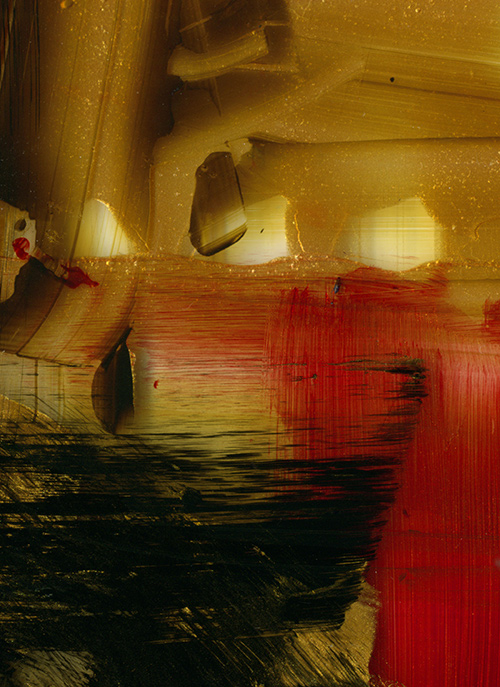 Image: Gathering the Fragments © Jan Richardson
Image: Gathering the Fragments © Jan Richardson